7 steps for increasing patient satisfaction
- Provide patient education
- Upgrade your systems
- Create easy feedback loops
- Improve patient follow-ups
- Protect patient confidentiality
- Be transparent about visit expectations
- Focus on communication
Patient satisfaction is more than a metric to impress hospital directors. This single factor can turn patients into promoters, improve the quality of healthcare, and improve your hospital’s financial performance. And here’s the great news: Patient satisfaction is already important to healthcare workers since their patients’ well-being is their top priority.
However, despite their best efforts to focus on their patients, healthcare providers face many challenges that divert their attention. One challenge they face is keeping up with a healthcare system that’s always changing due to technology. Advances include the influx of digital tools like videoconferencing software, cloud storage, and new hospital IoT devices, just to name a few. Add to this the already increasing market pressures, and it’s easy to see why improving patient satisfaction might end up on the back burner.
Thankfully, not every attempt to improve patient satisfaction requires a lot of work. There are a few adjustments your practice can make to the patient experience that don’t require a fundamental shift in how you do business.
Patient satisfaction and experience are closely linked

1. Provide patient education
There’s a direct correlation between patient satisfaction and the value they feel they’re getting from their visit. Providers can improve perceived value by taking time to educate their patients. Doctors don’t necessarily have to increase visit lengths, but they can teach patients by providing educational handouts, sending follow-up emails, and ensuring they address patients’ questions during their visits.
2. Upgrade your systems
A lot of things can impact a patient’s satisfaction or discontentment before they ever see a member of your team — failing to meet a client’s expectations is one of them. For example, scheduling can be a significant pain point for clients, especially when systems are outdated or hard to use. Changes in the overall market mean that customers expect a certain level of intuitiveness in every setup they use.
3. Create easy feedback loops
Inevitably, patients will occasionally feel dissatisfied with their visits despite your best efforts. Making it easy for them to voice their concerns is an effective way to mitigate the impact of a bad experience and even help retain them as loyal clients. Giving them access to digital surveys, letting them speak with customer service reps, or adding a question to the outtake process are helpful ways to let patients express any frustrations they have.
4. Improve patient follow-ups
Keeping patients engaged after their visit is another way providers can improve their overall satisfaction. Sending promised materials, timely reminders, and helpful advice makes patients feel valued — and more likely to return and make referrals. During COVID-19, when your staff is feeling the strain, automation is your friend. Set up workflows that automatically send patients standard materials to alleviate pressure on your team.
5. Protect patient confidentiality
Protecting your patients’ privacy is not only the right thing to do — it’s also your legal responsibility. Failing to do so can have a major impact on your business. If private patient data is leaked, it hurts patient satisfaction and could even lead to serious legal and financial consequences.
6. Be transparent about visit expectations
Transparency is a very low-cost adjustment providers can make to improve the patient experience. If you expect a patient to wait an hour or more, tell them. This honesty will help them readjust their expectations and reduce uncertainty, which will mitigate the impact on their overall experience.
7. Focus on communication
Communication is often one of the areas where patients experience friction. Asking key questions can help you improve communication between your office and your patients. How easy is it for patients to find contact information? Do patients have more than one method of getting in touch?
It’s pretty likely your practice is already using some of these techniques, but improving patient experience is an evolving task. Reassess your practice regularly, and your patients will notice the effort you put into making their visits as pleasant as possible.
Your patients are the best source of knowledge for improving their experience
The best way to boost patient satisfaction is by improving their experience. To do this effectively, it’s crucial to understand how your clients feel. As mentioned earlier, digital patient surveys are a great way to collect this data since they’re versatile and your patients can fill them out when it’s convenient for them.
To increase the chances that patients will complete your surveys, create simple, short surveys and send them to patients in a timely manner. This Jotform blog post shares five critical questions you can ask in your survey to better understand how patients feel.
One additional way you can make creating patient surveys as painless as possible is by leveraging templates. Jotform has a variety of patient survey templates to help you easily collect feedback that can improve your practice. Our medical forms are HIPAA-friendly, easy to use, and accessible from anywhere. Try one of our forms today and make collecting data easier than ever.

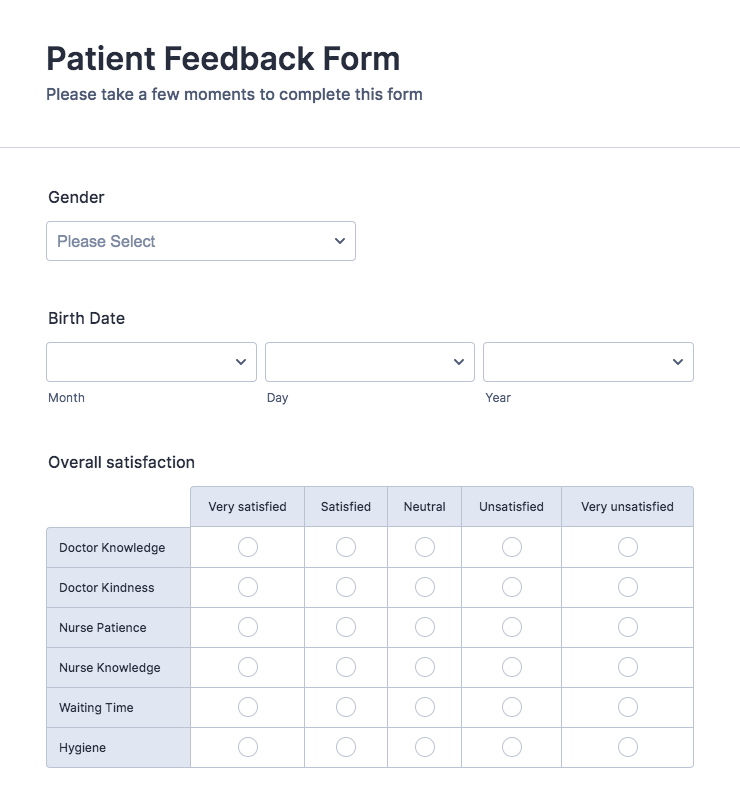



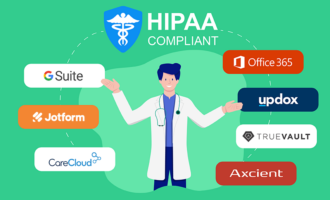

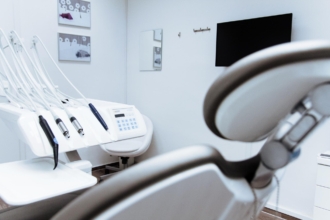











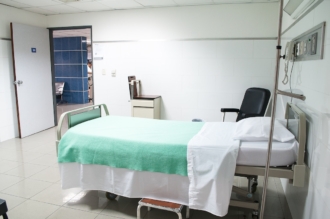


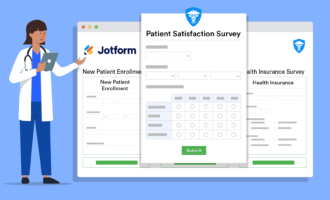



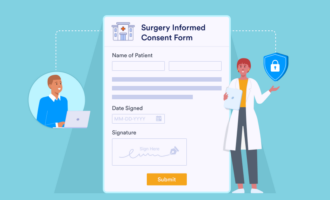


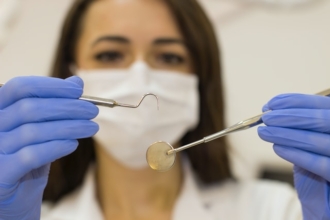
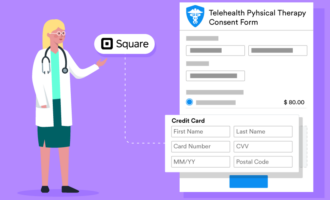












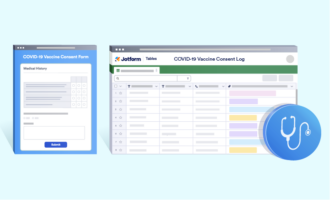











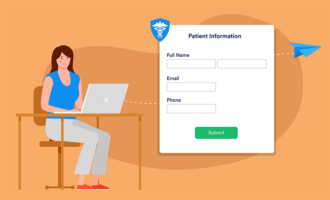
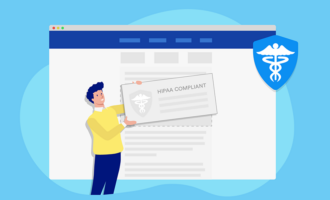
















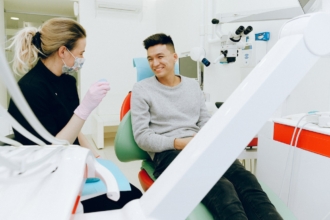
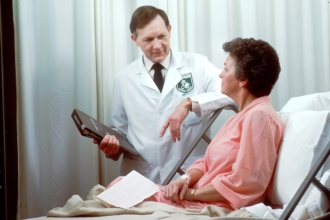
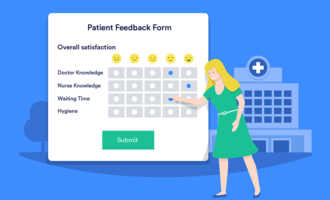




























Send Comment: